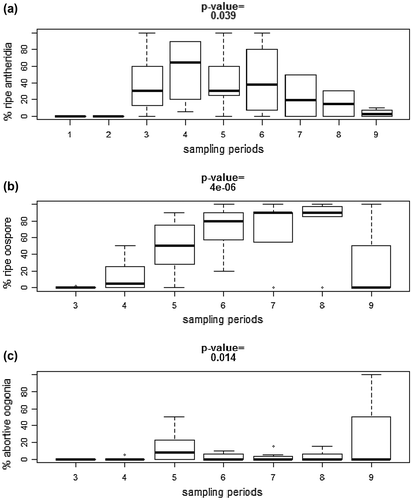Figures & data
Table 1. Physical and chemical characteristics of the water of Lake Bois d’Avaz based on 11 sampling dates between October 2009 and October 2011. n = total number of analyses (see Rey-Boissezon and Auderset Joye Citation2012 for details).
Table 2. Phytosociological units of submerged aquatic plants according to the Swiss reference (Prunier et al., Citation2017).
Figure 2. Annual duration of low level phases. L50 = low water level at which 50% of the surface area dried out (−0.68 m). L75 = low water level at which 75% of the surface area dried out (−1 m).
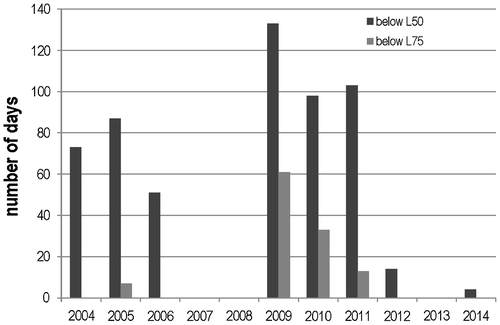
Figure 3. Spatial and temporal variation in the abundance of N. obtusa. The scale is expressed as the percentage of cover in each quadrat. Small points represent the quadrats without N. obtusa.
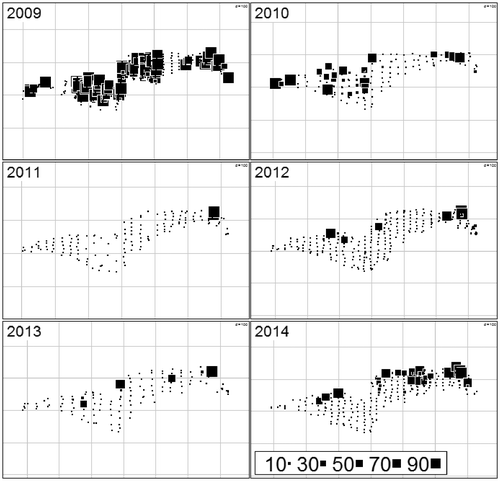
Figure 4. Indval value of N. obtusa and four alliances at each summer. All indval values are statistically significant (p value < 0.001).
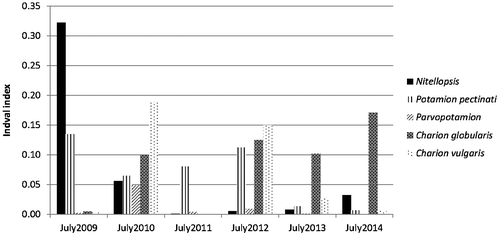
Figure 5. N. obtusa from the lake Bois d’Avaz. (a) Female specimen with ripe calcified oospores (22 September 2010, ≈ 2700 G.D.D.). (b) Male specimen with ripe antheridia (27 July 2010, ≈ 1850 G.D.D.). (c–e) Lateral, apical and basal view of a gyrogonite. (f) Star-shaped bulbil. (photos: Boissezon A).
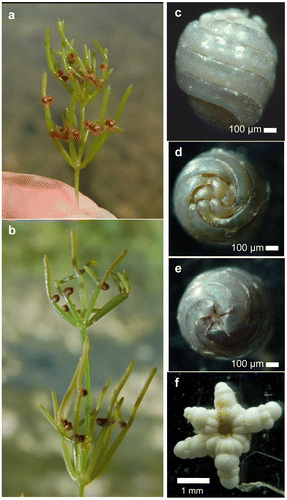
Table 3. Morphological and sexual features of N. obtusa from lake Bois d’Avaz.
Table 4. Characteristics of sampling periods and relative frequency (%) of phenological phases of N. obtusa (maximal value for each phenophase is in bold).
Figure 6. Proportion of (a) ripe antheridia, (b) oospores and (c) abortive oogonia observed on N. obtusa at different periods. See Table for more details about the sampling periods. P-values from Kruskal–Wallis comparison tests are all significant.
